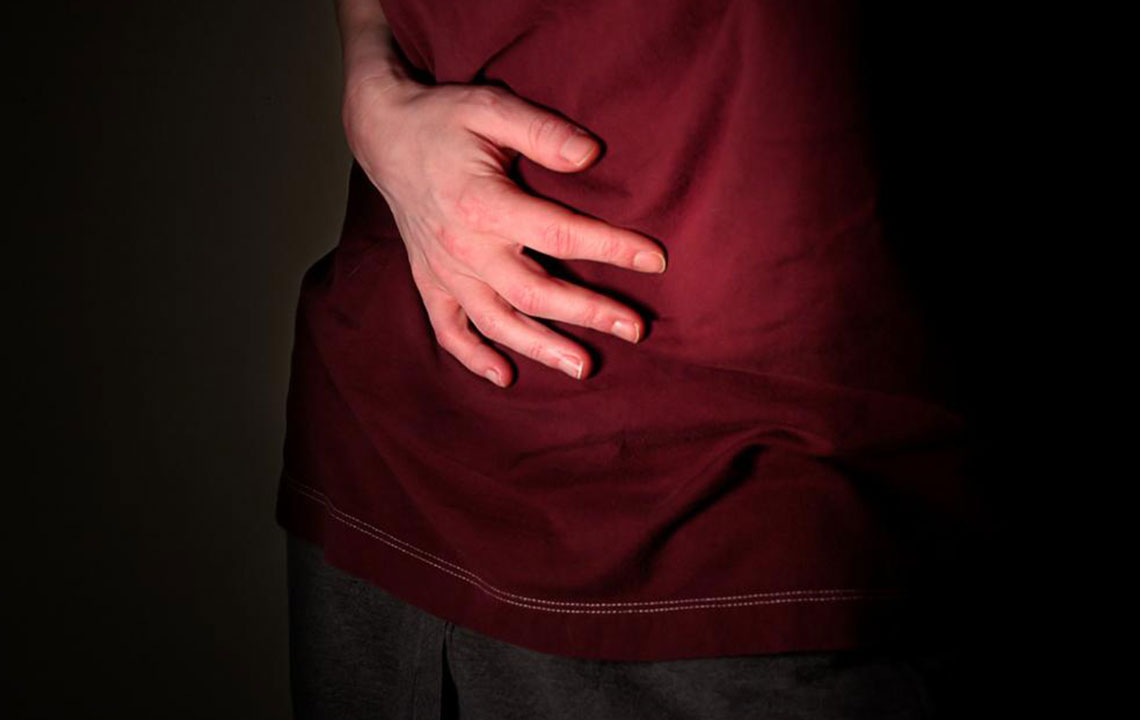Comprehensive Insights into the Causes and Management of Overactive Bladder
Explore in-depth the various causes of overactive bladder, including muscular, neurological, hormonal, and lifestyle factors. Learn effective management strategies and treatment options to improve bladder health and quality of life.

Comprehensive Insights into the Causes and Management of Overactive Bladder
Overactive bladder (OAB) is a prevalent condition characterized by sudden, uncontrollable urges to urinate, frequent urination during the day and night, and, in some cases, involuntary loss of urine. This condition can significantly impact daily life, causing discomfort, embarrassment, and reduced quality of life. While the precise origins of OAB are still under investigation, extensive research has identified several key factors that contribute to its development. Understanding these root causes is essential for effective management and treatment.
Understanding Overactive Bladder: The Basics
OAB is classified as a functional bladder disorder that involves involuntary bladder contractions during the filling phase. These contractions are often triggered by abnormal nerve signals or muscular dysfunction, leading to a sense of urgency. Although it affects both men and women, certain factors make specific groups more vulnerable. The condition isn't merely about frequent urination — it encompasses a complex interplay of neurological, muscular, hormonal, and lifestyle factors.
1. Pelvic Floor Muscle Weakness
One of the primary contributing factors to OAB is the weakening of the pelvic floor muscles. These muscles support the bladder, urethra, and other pelvic organs. When they are weak or damaged, the bladder may not empty properly or maintain control, resulting in symptoms associated with overactivity. This is particularly common in women after pregnancy and childbirth but can also occur in men due to prostate issues or age-related muscle decline.
Weak pelvic muscles cause the bladder to retain urine longer than necessary, which can lead to increased urgency and frequency. Over time, this can develop into chronic symptoms if not addressed. Strengthening exercises, like Kegel exercises, are recommended to improve pelvic muscle tone and regain control over bladder function.
Strengthening the pelvic muscles plays a vital role in managing OAB symptoms effectively.
2. Nervous System Damage or Dysfunction
Nerve signals play a crucial role in regulating bladder activity. Damage or dysfunction within the nervous system can send incorrect or abnormal signals to the bladder muscles, prompting involuntary contractions and feelings of urgency. Conditions such as multiple sclerosis, Parkinson's disease, stroke, spinal cord injuries, and diabetic neuropathy are common causes of nerve-related bladder issues.
This nerve impairment interferes with the normal reflexes that control bladder filling and emptying, making it difficult to recognize bladder fullness or suppress the urge to urinate. As a result, individuals may experience frequent, urgent trips to the bathroom, or even involuntary urine leakage.
Healthcare providers may recommend neurological assessments and specialized treatments like neuromodulation to restore nerve function or reduce symptoms.
3. Hormonal Changes Post-Menopause
In women, hormonal fluctuations, especially the decline in estrogen levels after menopause, significantly impact bladder health. Estrogen plays a vital role in maintaining bladder muscle strength, urethral tissue integrity, and the elastic properties of the pelvic floor. As estrogen levels decrease, these tissues weaken, rendering the bladder and urethral support structures less resilient.
This hormonal change makes women more susceptible to urinary incontinence and OAB symptoms. Hormone Replacement Therapy (HRT) and localized estrogen treatments are sometimes recommended to help improve bladder function and reduce urgency and frequency.
4. Dietary and Lifestyle Factors
Excessive consumption of irritants such as caffeine and alcohol is a well-documented contributor to OAB symptoms. Both substances act as diuretics, increasing urine production, and can irritate the bladder lining, leading to heightened urgency and frequency.
Other lifestyle factors include insufficient fluid management, smoking, and poor hydration habits that can irritate the bladder. Dietary modifications, such as reducing intake of caffeine, alcohol, spicy foods, and artificial sweeteners, often help alleviate symptoms. Additionally, maintaining a healthy weight can reduce pressure on the bladder and improve control.
5. Obesity and Excess Body Weight
Rapid or significant weight gain exerts additional pressure on the pelvic organs, especially the bladder. This extra pressure can compromise the bladder's capacity and control, resulting in increased urgency and frequency of urination. Obese individuals are also more prone to developing chronic conditions like diabetes, which further aggravate bladder control issues.
Weight management strategies, including diet and exercise, are effective in reducing symptoms and improving overall urinary health.
6. Recurrent Urinary Tract Infections (UTIs)
Persistent UTIs cause inflammation of the urinary tract and may damage nerves that control bladder function. Continuous or repeated infections can lead to or worsen OAB symptoms, especially if left untreated. Symptoms often include a strong and persistent urge to urinate, burning sensation, and sometimes incontinence.
Timely diagnosis and treatment of UTIs are crucial to prevent long-term damage and reduce the risk of developing chronic bladder issues.
Comprehensive Management
Given the multifaceted nature of OAB, effective management often requires a combination of lifestyle modifications, pelvic floor exercises, medication, and sometimes surgical interventions. Consulting a healthcare professional with expertise in urology or gynecology is essential for accurate diagnosis and tailored treatment plans.
In addition to medical treatments, behavioral therapies such as bladder training, scheduled voiding, and dietary counseling can significantly improve quality of life. For some patients, advanced treatments like nerve stimulation or minimally invasive surgeries may be recommended.
Ultimately, understanding the root causes of OAB enables patients and healthcare providers to develop comprehensive and effective strategies for managing the condition, reducing symptoms, and improving everyday functioning.





